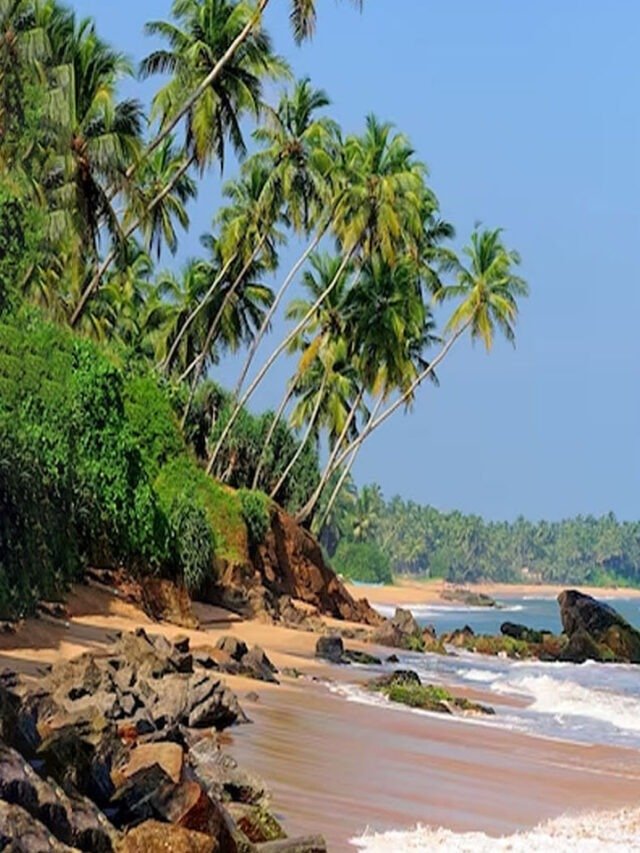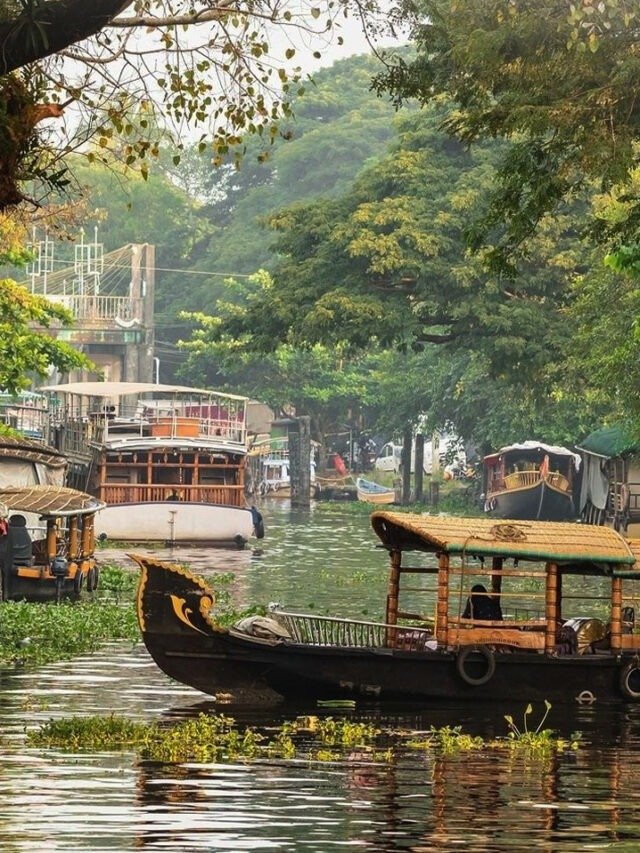BRICS nations concluded their annual summit in the Russian city of Kazan on October 24 resolving to deepen economic ties. Plans to deepen financial cooperation and develop alternatives to Western-dominated payment systems were also discussed, besides offering African nations a bigger say in the changing global order. The BRICS group has become a major political force in the last two decades, building on its desire to create a counterweight to Western influence in global institutions. The group’s expansion in 2023 increased its heft.
After Iran, Saudi Arabia and the United Arab Emirates (UAE) joined it in 2023, the alliance that initially referred to Brazil, Russia, India, China and South Africa has gradually become a bigger body. Russian President Vladimir Putin at the BRICS closing session in the southwestern Russian city of Kazan said all countries joining the bloc “share similar aspirations and values and a vision of new democratic global order.” The three-day summit, which ended last Thursday, also provided a platform for member countries to discuss plans to deepen financial cooperation and develop alternatives to Western-dominated payment systems.
At the same time, the summit also brought out new disagreements on issues such as Russia’s invasion of Ukraine. Russia’s 2024 leadership could intensify the bloc’s anti-West focus, including attempts to edge out the US dollar – though experts feel that it may be an uphill task. Though there are assumptions that the bloc could undermine the Western-led international order, sceptics say its ambitions to create its own currency and develop a workable alternative to existing institutions face potentially insurmountable challenges.
The group’s 2024 expansion comes with a range of geopolitical implications. It represents growing economic and demographic heft: the ten BRICS countries now comprise more than a quarter of the global economy and almost half of the world’s population. The group is poised to exert influence over the wars in the Gaza Strip and Ukraine, the shape of the global economic system, the competition between China and the West, and efforts to transition to clean energy.
BRICS’ thematic priorities are, firstly, advocate for greater representation in global organisations. The group aims both to push for reform of existing institutions, and to form negotiating blocs within those institutions. Secondly, coordinate a balanced economic policy. Thirdly and most ambitiously, work out a new global payment system to reduce reliance on the US dollar. And lastly, create an alternative finance system.
Indeed, this year’s Summit Declaration may offer little of substance. But there were a number of bilateral meetings before and in the margins of the gathering that are more indicative of the direction of BRICS. Perhaps most importantly, India’s prime minister, Narendra Modi, and China’s president, Xi Jinping, held their first face-to-face discussion in five years. A warming of relations between China and India could generate more momentum for BRICS to deliver on its ambitious agenda to develop, and ultimately implement, a vision for a new global order.











